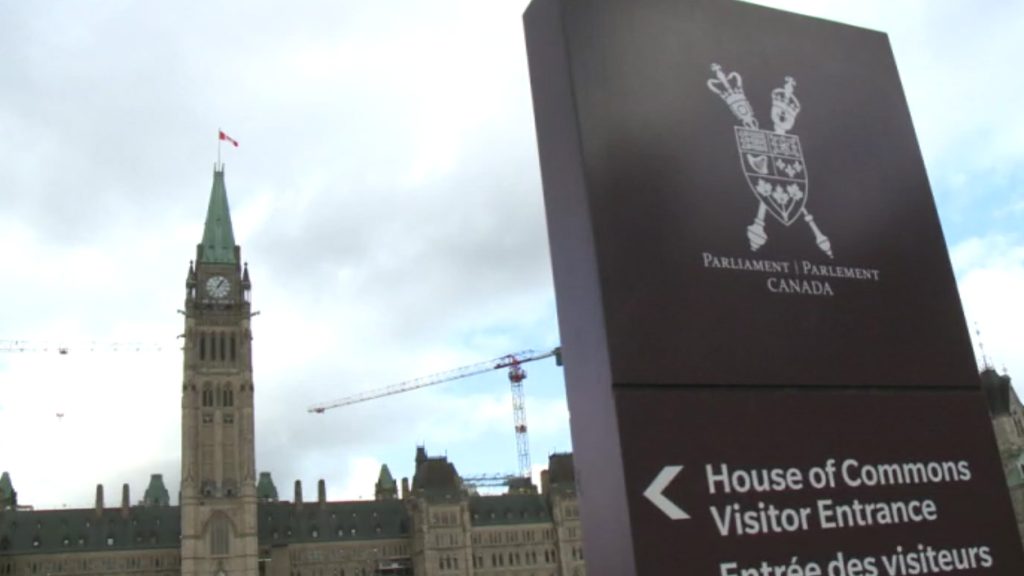GENEVA (AP) – The recent FIFA Club World Cup in the United States highlighted the severe challenges posed by extreme heat in soccer, serving as a stark preview of what players and fans may encounter during the upcoming World Cup scheduled for summer 2026, co-hosted by the U.S., Mexico, and Canada.
With global temperatures on the rise, experts are increasingly warning that holding soccer tournaments during the Northern Hemisphere summer could be perilous for both athletes and spectators. Suggestions have been made that FIFA might need to reevaluate the soccer calendar to mitigate risks associated with heat-related illnesses. Prof. Piers Forster, director of the Priestley Centre for Climate Futures in Leeds, England, expressed concerns over the heightened risks as climate change accelerates. He suggested that if unaddressed, one severe heatwave could result in a potential sporting tragedy.
Traditionally, the World Cup has been held in June and July, a practice dating back to the inaugural tournament in 1930. Since then, the global average temperatures during these months have increased by 1.05 degrees Celsius (1.89 degrees Fahrenheit), as reported by the U.S. National Oceanic and Atmospheric Administration. Moreover, research indicates that summer temperatures in Europe have risen by 1.81 degrees Celsius since the 1990s, necessitating a closer examination of heat impacts during high-intensity sports like soccer.
Climatologist Friederike Otto from Imperial College, London, remarked that daytime matches must be rethought, suggesting that if soccer is to be played for extended hours, it must occur during the cooler early morning or late evening to prevent heat-related illnesses among players and fans.
FIFA has attempted to adapt to the challenges posed by extreme heat. During the Club World Cup, which ran from June 14 to July 13 in 11 American cities, FIFA implemented a new extreme heat protocol that included additional stoppages for hydration, increased availability of water, and measures such as cooling benches. Despite these efforts, players like Chelsea midfielder Enzo Fernández reported experiencing dizziness due to the heat and called for the avoidance of afternoon kickoffs in the 2026 World Cup.
The global soccer players union, FIFPRO, warned that six out of the 16 cities selected for the World Cup next year are classified as being at "extremely high risk" for heat stress. FIFA President Gianni Infantino acknowledged these heat concerns, confirming that World Cup stadiums equipped with roofs would accommodate daytime matches during the event.
Looking ahead to the 2030 World Cup, co-hosted by Spain, Portugal, and Morocco, the situation could present even greater challenges. Matches are expected to be scheduled in the afternoons and early evenings between mid-June and mid-July. With temperatures in these regions surpassing 40 degrees Celsius (over 100 degrees Fahrenheit) this summer, the heat risk cannot be overstated. FIFA, however, has downplayed these risks in its evaluations, suggesting that weather conditions are unpredictable and unlikely to pose significant health threats to players or participants.
The physical impacts of playing soccer in extreme heat can be severe, influencing players' cardiovascular health and increasing the risk of conditions like hyperthermia. Expert Julien Périard from the University of Canberra stated that elevated core temperatures could lead to conditions ranging from cramping and heat exhaustion to potentially lethal heat stroke. Many sports organizations mitigate these risks by scheduling events during cooler hours. For instance, summer marathons have been successfully moved to early mornings or late evenings for this reason. However, the rarity of morning kickoffs in soccer complicates matters, especially with a growing number of teams set to participate in the World Cup.
As climate change increasingly affects outdoor sporting events, the topic of when and where to hold the World Cup becomes more pressing. In 2023, people engaging in even moderate physical activities face a 28% increase in heat risk compared to the 1990s, said Ollie Jay, a professor at the University of Sydney. Michael Mann, a climate scientist at the University of Pennsylvania, underscored the broader implications of these changes, illustrating how climate change disrupts not only sports but our everyday lives as well.












